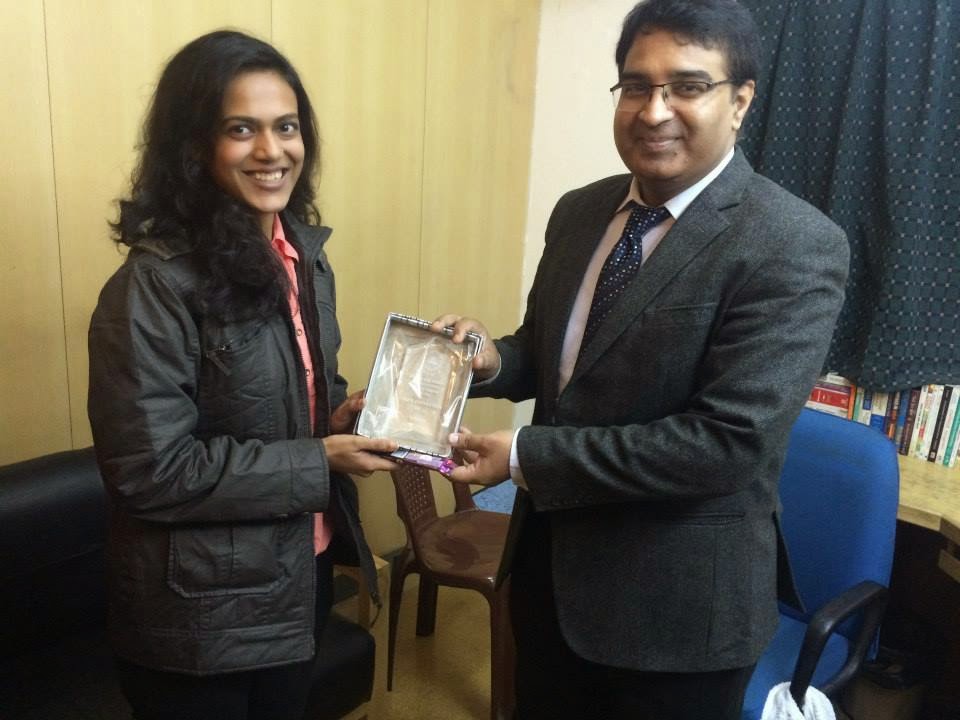Interviewing
Skills: Introduction
- An interview is a 2-way communication ; however, it should be controlled by the interviewer
- Every interviewee is a guest in your organization and should be treated in such a manner
- Always welcome the interviewees with a warm greeting
- Encourage interviewees to respond positively and share the information
- It is always better to take notes during Interview
- Good interviews flow smoothly when both the interviewer and the candidate take part in an information exchange
Types
of difficult Interviews
- Some interviewees demand a particularly focused interviewing techniques.
- In order to get an accurate assessment of a candidate’s ability, the interviewer’s ability to handle different types of candidate is very important
- Before Interviewing, develop an understanding of the following types of candidates:
- Nervous candidate
- Uncommunicative candidate
- Talkative candidate
Handling
a nervous candidate
- Give them an especially warm greeting
- Engage in more small talk than usual
- Point out various facilities or areas of interest within your organization
- Start with specific , fact-based questions that are easy for the candidate to answer and unlikely to be stressful
- Speak slowly in a relaxed, informal manner
Handling
an uncommunicative candidate
- Many reserved or uncommunicative candidates simply need to be encouraged to share their thoughts
- Using silence can be effective
- If the candidate is having trouble in answering questions related to their strengths and weaknesses, tell them that you will give them some time to think about it and come back to the question later
Handling
a talkative candidate
- Candidates who talk too much , often about things unrelated to the job or interview can be challenging
- Tell the candidate that you will be following a structure, and stress on the time available for each section of the interview
- When necessary, remind the candidate of the time limits
- Redirect the conversation as politely as possible
Conducting
the Interview
There are 3 steps to follow while conducting an Interview:- Open the Interview (Put the candidate at ease)
- Gather Information (Ask questions & listen to responses)
- Close the Interview (Create a positive impression of your organization )
- While opening an interview, your purpose is to put both you and candidate at ease , and set the stage for an open conversation
- There are 3 steps you should complete when opening the interview:
- Build rapport
- State the agenda
- Ask for acceptance
- Gathering Information represents 70 to 80 percent of the interview
- There are 3 steps you should complete when gathering information from the interviewee:
- Ask lead questions
- Ask follow-up questions
- Transition to the next subject
- The close of the interview is used to indicate to the candidate that the information-gathering portion is complete and the interview is about to wind down.
- Take the following 4 steps when closing an interview:
- Ask for and answer questions
- Promote the organization and the job
- Outline next steps
- Thank the candidate
Evaluation
of candidates
- Manage your bias
- Interviewer should be very careful to identify and overcome any biases
- Bias is a form of extreme generalization. You may generalize that a candidate lacks written communication skills because of last two people hired from the same college had poor written communication skills
- 2 steps to evaluate the candidate:
- Summarize the
interview
(Refer the candidate’s resume, and the notes taken during interview) - Score the candidate
( Review Job requirement, mention success factors , and calculate)
Effective communication techniques include:
- Active Listening
(Follow 70/30 rule : Listen 70 percent of the time Talk 30 percent of the time) - Nonverbal behavior
(silence, lean forward, eye contact) - Verbal devices
(Restatement, expanders (“I see”, “That’s interesting”)
- A successful interview should determine if there is a match between the individual and the job
- Be prepared for the interview
- Analyze candidate’s resume before the interview and frame the lead questions
- Follow a structured process
- Develop a simple outline that covers general job duties
- Behave politely with the candidates



.JPG)






















